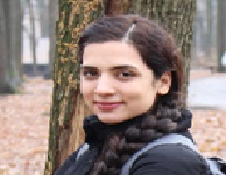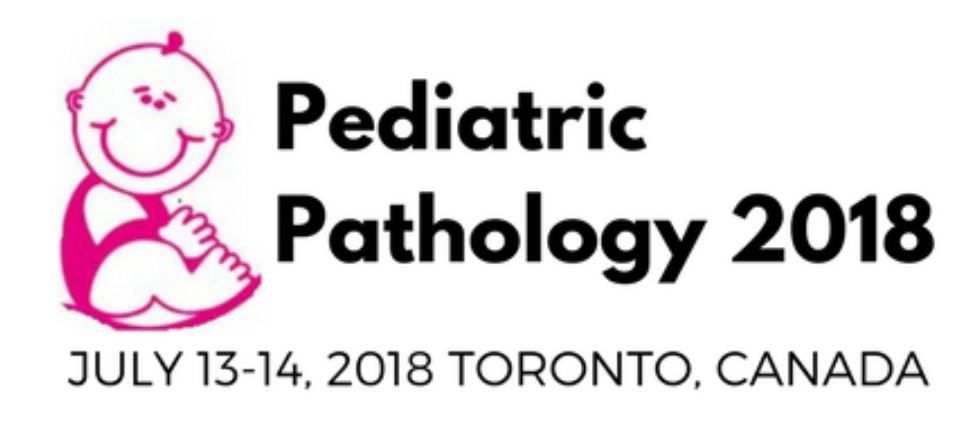
Elham Rayzan
Medical student in “Tehran University of Medical Sciences
Title: A case of NHEJ1 mutation presenting with dysregulation in antibody production
Biography
Biography: Elham Rayzan
Abstract
Statement of the Problem:
One of the most harmful DNA damages is double-strand break which results from genotoxic stress. NHEJ1/ Cernunnnos/ XLF protein is a DNA repair factor that plays an important role in non-homologous end-joining pathway. Recent studies revealed that mutations in this gene can cause different types of severe combined immunodeficiency disorders.This report describes clinical and laboratory features of a girl with dysregulation in antibody production due to homozygous NHEJ1 mutation.
Methodology & Theoretical Orientation:
In this report, we are going to present a nineteen months-old Iranian girl who was referred to “Children’s Medical Center” with a history of high fever and hemolytic anemia. Her parents were first cousins and there was no positive family history of diseases.
The very early symptoms of the disease were started at the age of eleven months-old with high fevers and two episodes of coombs positive hemolytic anemia. Since no specific infection site was found and the fevers did not respond to usual treatments, more investigation was performed. The Immunoglobulin test showed a remarkable rise in serum IgM level, while serum IgG level was decreased.
Diagnosis of “Hyper IgM” was made just after retesting the levels of serum immunoglobulins. Nevertheless, the second test was performed after a single dose IVIG injection, determined high levels of serum IgM although the IgG level was increased. In order to comprehend the genetic pattern of the disease, whole exome sequencing was done. The results showed homozygous NHEJ1 mutation in the patient’s genome.

